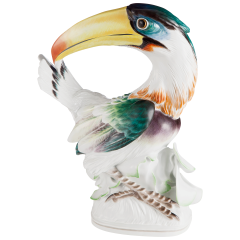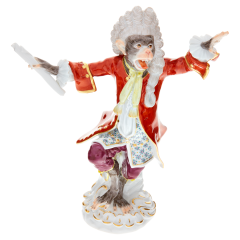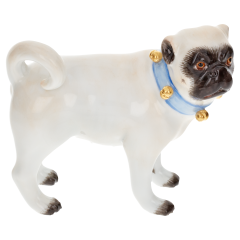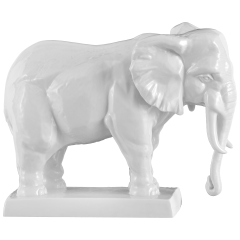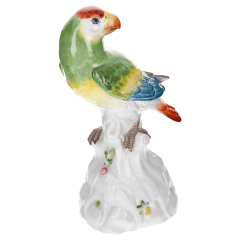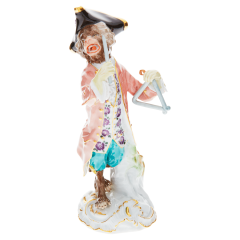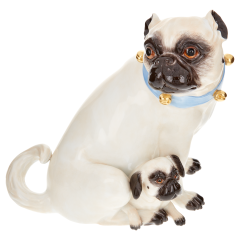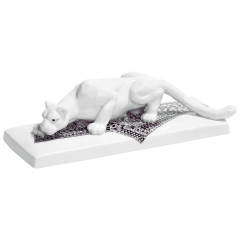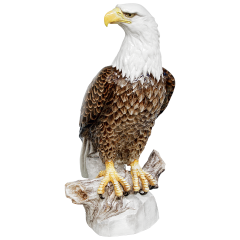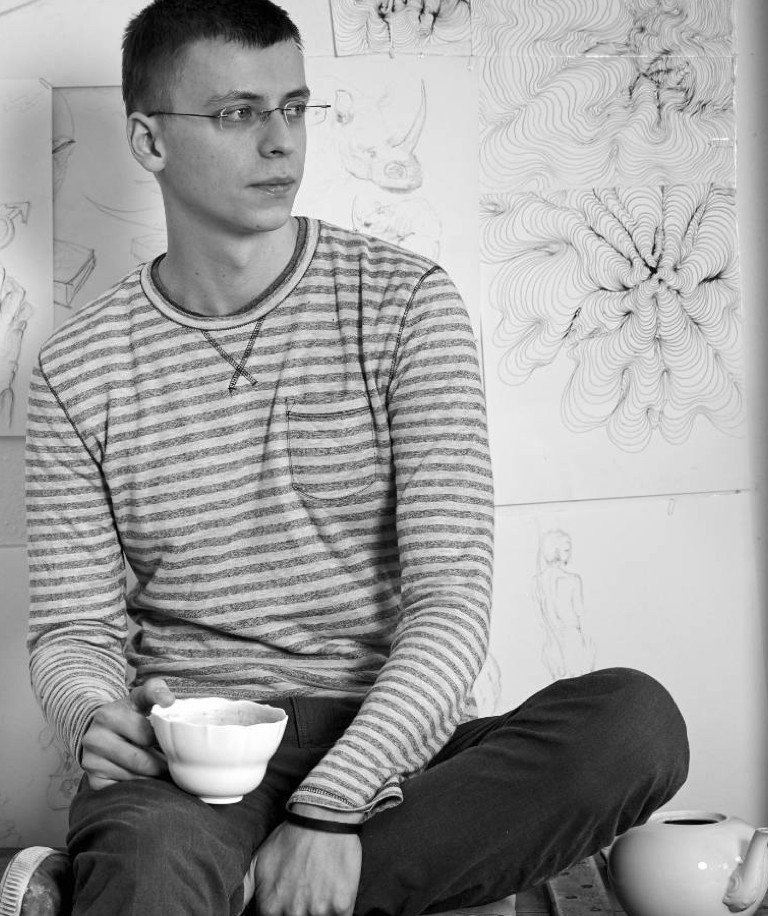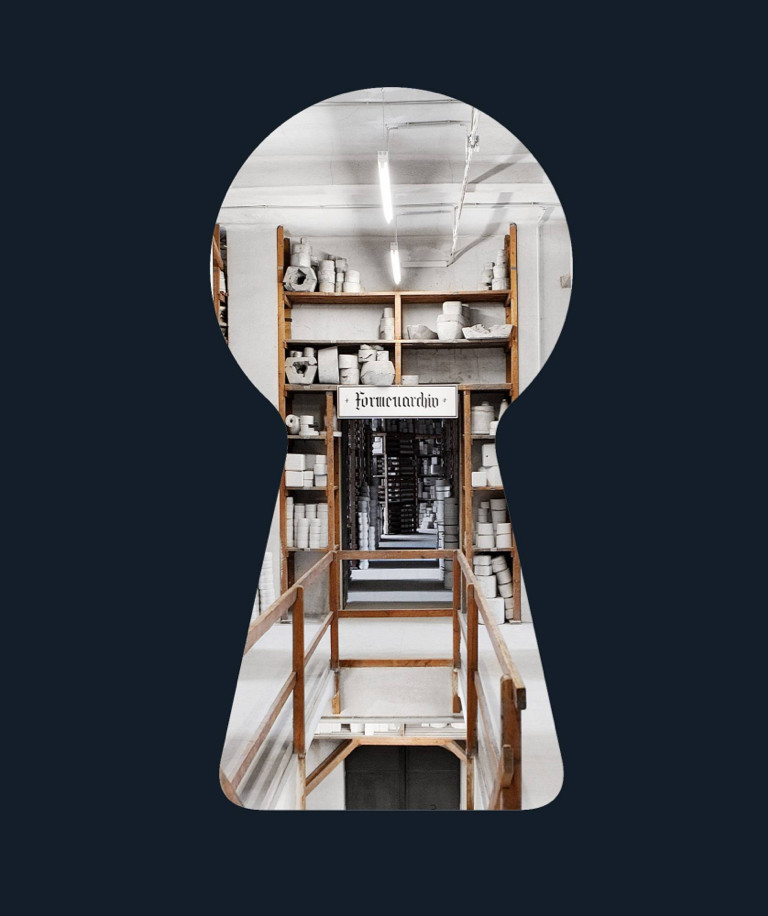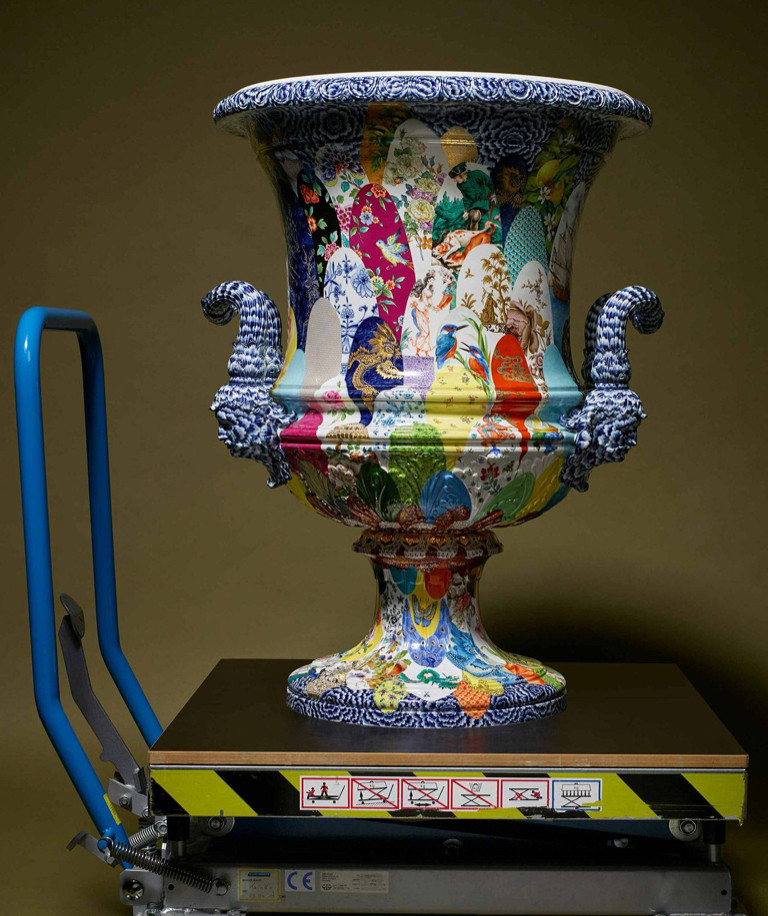Christmas Offer from MEISSEN – Enjoy Exclusive Savings! Learn More.
Skip to Content
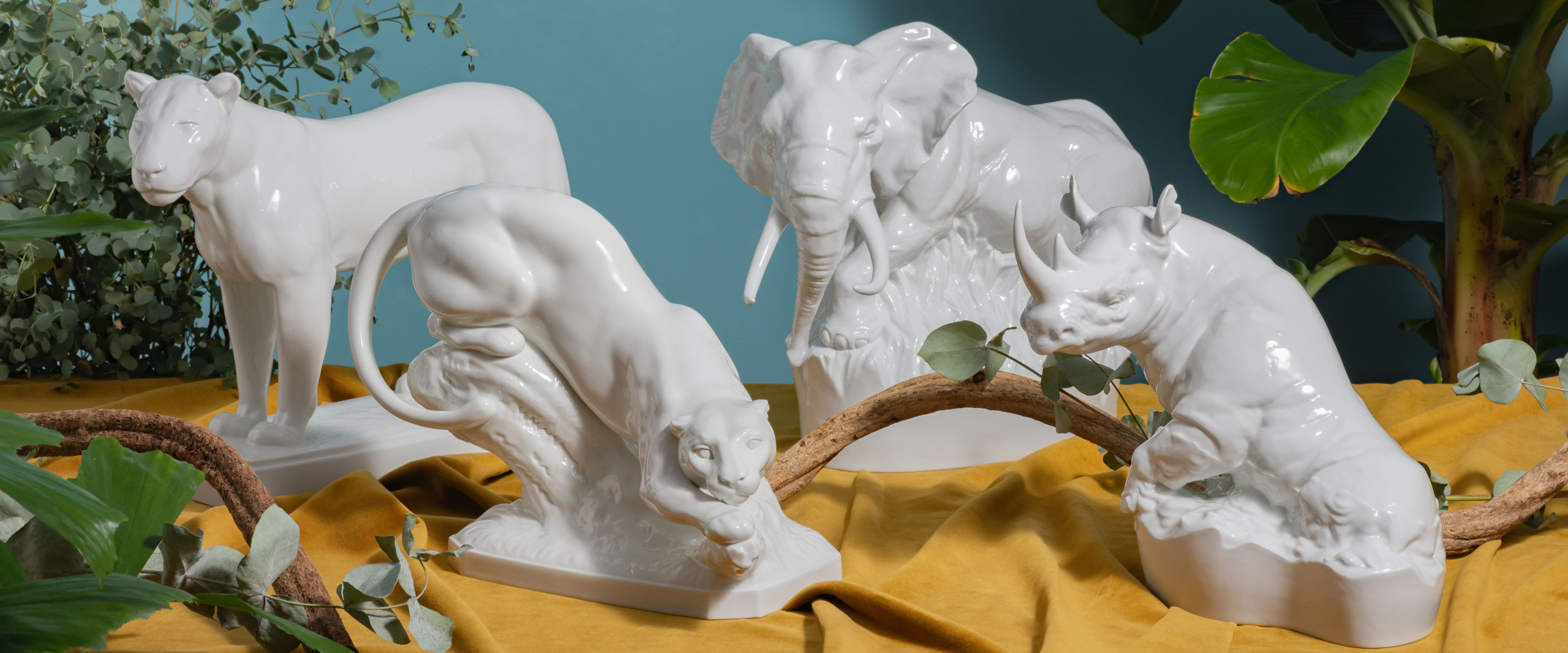
History of animal sculptures
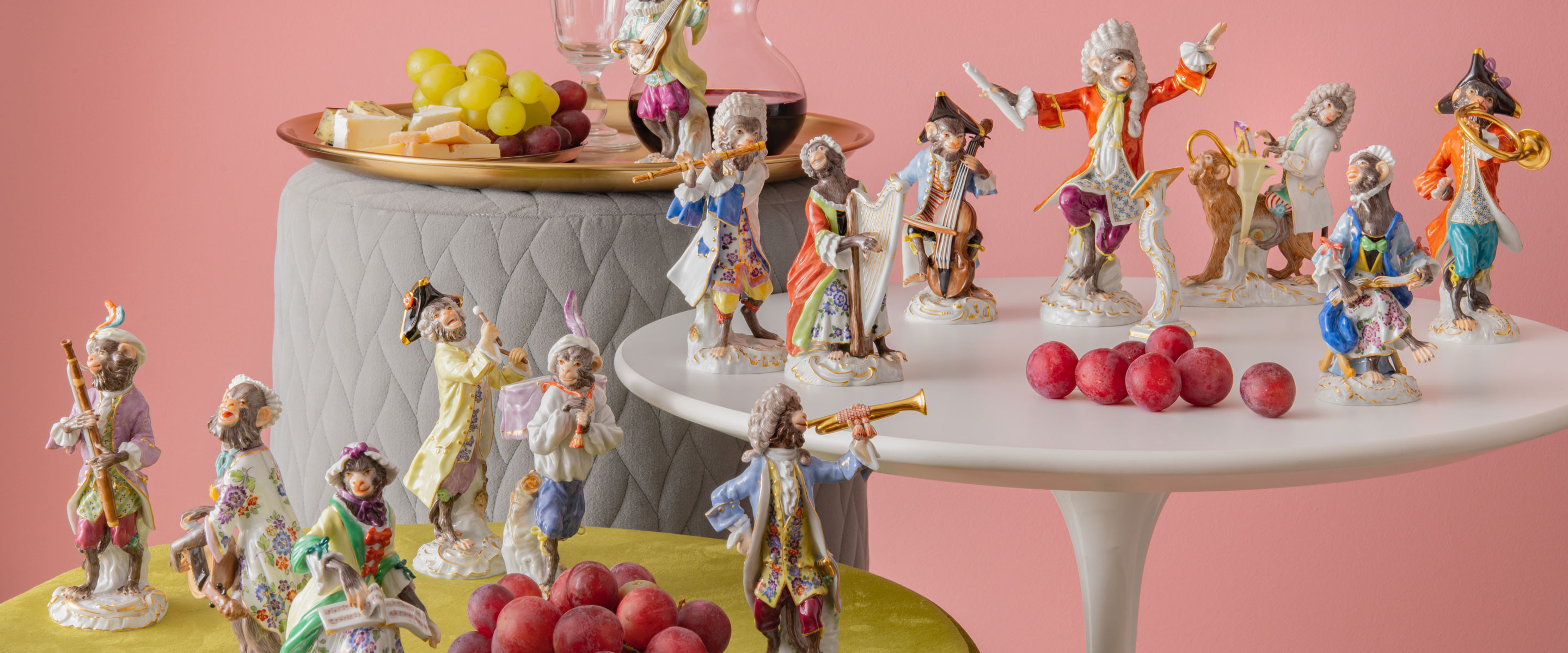

History of animal sculptures
#animallove
-
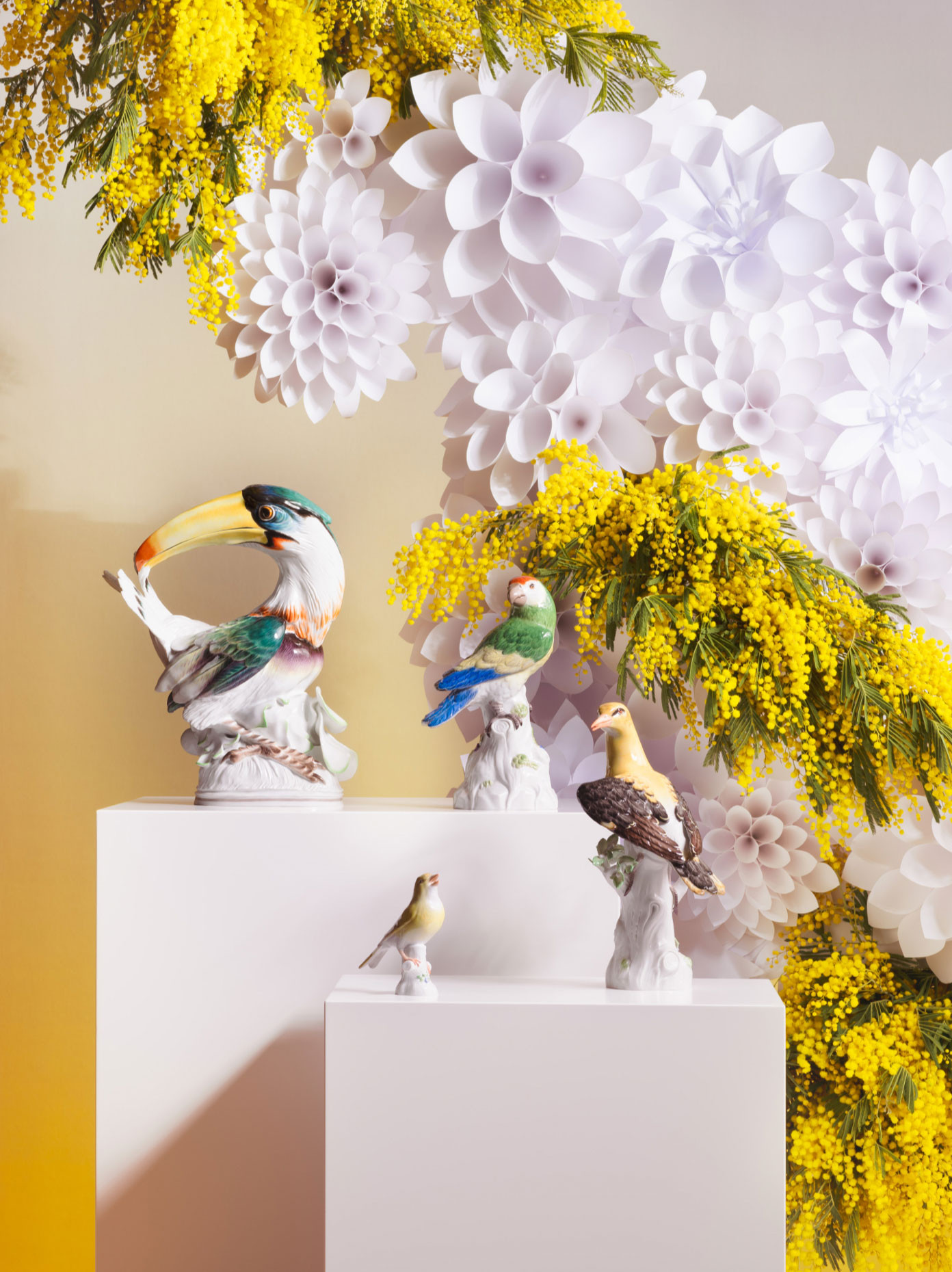 For over 310 years, MEISSEN has stood for craftsmanship in all its facets like hardly any other company. The inimitable craftsmanship of MEISSEN is revealed in the painterly design of unique decors, in the unconventional shaping of outstanding objects for table & dining and home deco - or in the modeling of impressive porcelain figures and animal sculptures. The latter has just produced a very special highlight of contemporary art with the Art and Interior Collection for the Nature Resort Schindelbruch. The naturalistic depiction of animals has a long tradition at MEISSEN, dating back almost to the beginnings of the porcelain manufactory.
For over 310 years, MEISSEN has stood for craftsmanship in all its facets like hardly any other company. The inimitable craftsmanship of MEISSEN is revealed in the painterly design of unique decors, in the unconventional shaping of outstanding objects for table & dining and home deco - or in the modeling of impressive porcelain figures and animal sculptures. The latter has just produced a very special highlight of contemporary art with the Art and Interior Collection for the Nature Resort Schindelbruch. The naturalistic depiction of animals has a long tradition at MEISSEN, dating back almost to the beginnings of the porcelain manufactory.
In 1727, Johann Gottlieb Kirchner was hired as the porcelain manufactory's first modeller. A short time later, he was given the task of producing porcelain figures for the Japanese palace. Augustus the Strong had acquired the estate in order to realize his dream of a porcelain palace in which everything from the panelling to the interior decoration was to be adorned with white gold. For the production of figures and sculptures Kirchner was assisted by the modeller Johann Joachim Kaendler, who was to become one of the most famous artists in the history of MEISSEN. Both were faced with numerous challenges - although they had learned the profession of sculptors, they first had to learn the technical and artistic handling of the hardly explored European hard porcelain.
The large figures in particular posed quite a challenge in porcelain sculpture, because the larger an object is, the greater the likelihood that it will warp or crack in the firing. But they have mastered it. And today, the MEISSEN porcelain manufactory is the only one that still produces such large animal sculptures. Thus, the two are considered the creators of European porcelain sculpture.
„An animal's eyes have the power to speak a great language.“
Martin Buber
Martin Buber
-
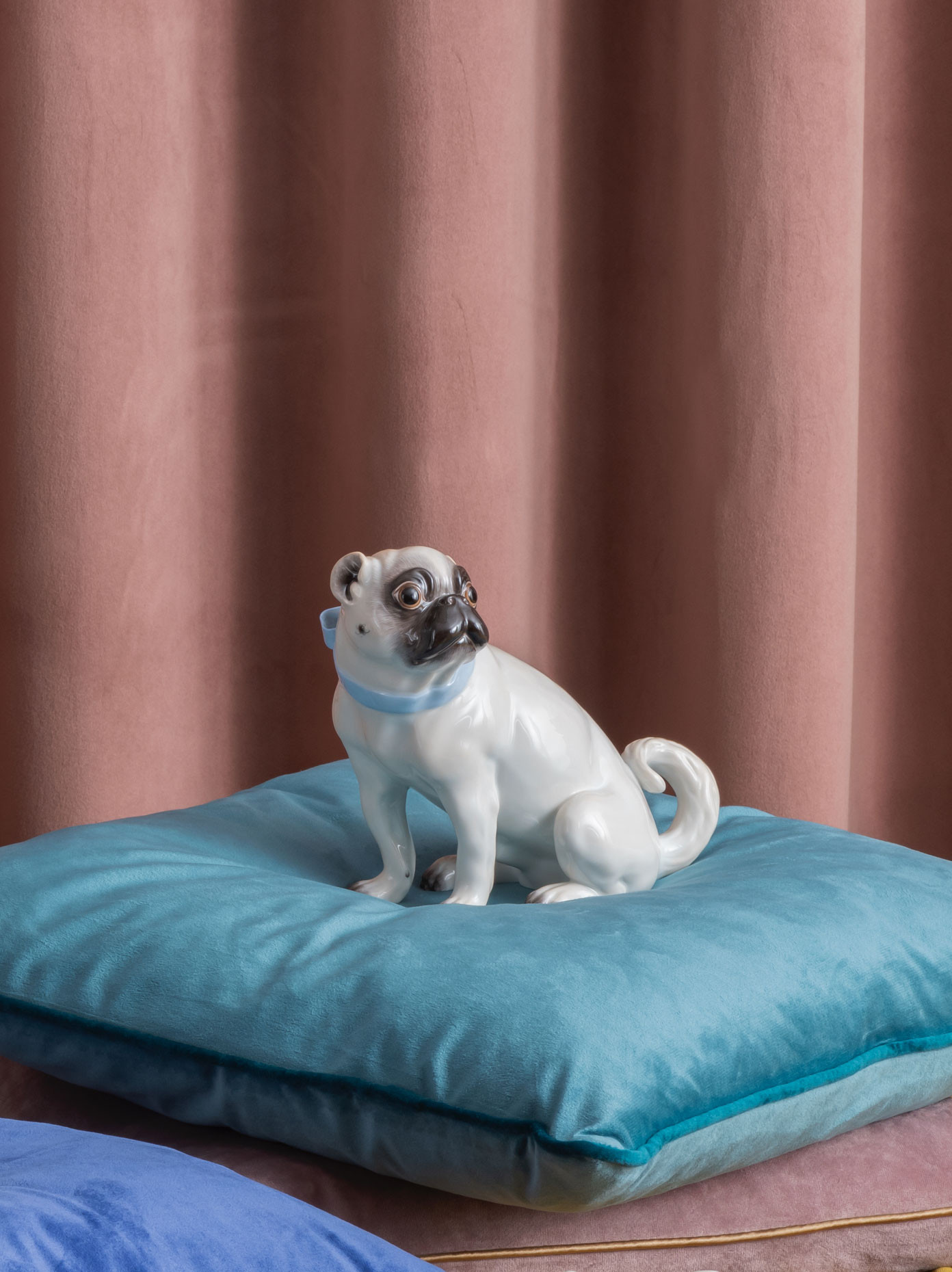 But it was not only the large figurines that enriched the history of MEISSEN with breathtaking animal sculptures. Whether in the Baroque, Rococo, Art Nouveau or contemporary Modernist periods, numerous animal figurines of all sizes were produced at all times and continue to delight porcelain lovers around the world today.
But it was not only the large figurines that enriched the history of MEISSEN with breathtaking animal sculptures. Whether in the Baroque, Rococo, Art Nouveau or contemporary Modernist periods, numerous animal figurines of all sizes were produced at all times and continue to delight porcelain lovers around the world today.
Probably the most popular ensemble of figurines is the Monkey Orchestra developed by Kaendler. But also the pug he modeled is a real celebrity in the porcelain menagerie of MEISSEN, which today is available in many different variations as a pug figurine or pug pendant. He is a symbol of loyalty and was originally commissioned as a gift from Augustus the Strong for his mistress Anna Constantina, Imperial Countess of Cosel, as a token of love.
One of the most popular themes of MEISSEN porcelain modelers is and always has been the world of birds. The modelers were not only inspired by local birds. For example, with the parrot, the canary or many other representatives of the avifauna, Kaendler had made a variety of exotic bird species in lifelike, detailed representations, which also come from the exotic bird world. But other modelers have also made a name for themselves with impressive works. For example, Paul Walther (who worked for MEISSEN from 1904 to 1933) is considered one of the most productive modelers with his 196 models created. His works include the noble heron or the toucan. And also the well-known sculptor Jörg Danielcyzk (active for MEISSEN from 1969 to 2018) created true masterpieces in bird form, such as the impressive bald eagle, among others.
Also fantastic: with the unique porcelain figurine collection Big Five, Maximillian Hagstotz, who began his training at the Meissen manufactory at the age of 16 and is still with us today, has created the first stylistically coherent collection on the so-called "Big Five". This includes the African elephant, the rhinoceros, the Cape buffalo, the leopard and the lion. In doing so, he drew inspiration from African wood sculptures, thereby giving the figurines an angular, almost carved look with an incomparable expressiveness.
Especially the latter shows: The story of animal sculptures made of porcelain has not yet been written to an end and is waiting to be told further by aspiring modelers. We expect nothing more than the unexpected.







